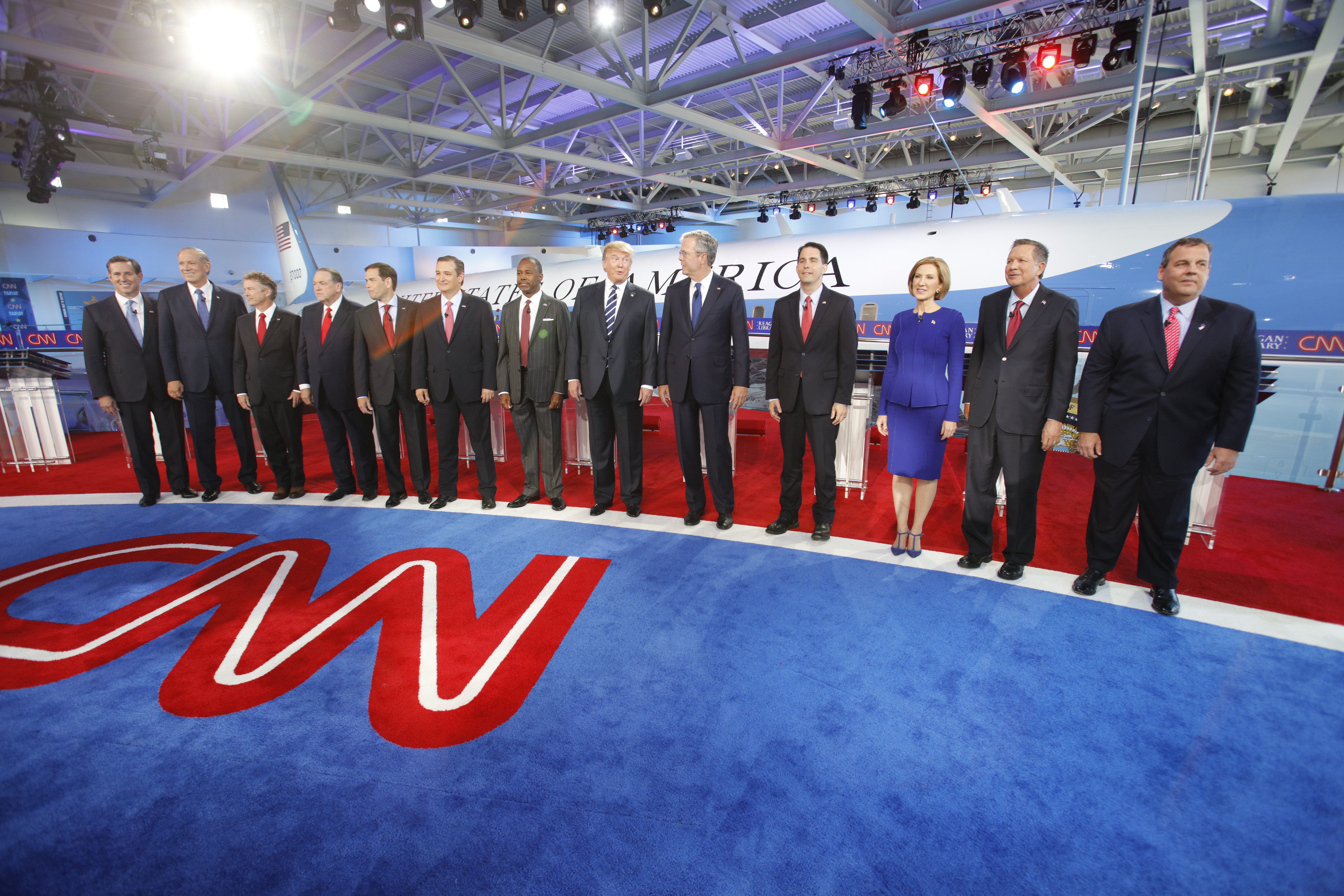By Ismar Volić
In 2016, Donald Trump emerged from the primaries as the Republican party’s surprise presidential nominee, securing the majority of the delegates. He did so with only 44.9% of the popular vote. But most Republican voters did not want Trump to represent them.
The other major contenders were Ted Cruz, Marco Rubio, and John Kasich. As the primaries and caucuses were taking place, polls suggested Cruz and Rubio would each have defeated Trump in one-on-one contests. Meaning that, if Rubio and Kasich dropped out, Cruz would have won the Republican nomination. If Cruz and Kasich dropped out, Rubio would have won it. Either way, Trump’s win did not reflect how most Republicans felt about him. According to these voters, he should not have been their party’s nominee. Instead, he received 1,441 delegate votes, well above the requisite majority. This was almost three times as many delegates as Cruz, even though Trump received fewer than twice the number of votes Cruz did. Trump could thank his lucky stars again later that year since another mathematically flawed system, the Electoral College, handed him the presidency despite more of the electorate voting for Hillary Clinton than for him.
Trump became the Republican nominee because, in most states, delegates are allocated according to the deficient winner-take-all, or plurality, voting system. The method simply requires the voter to choose one candidate. The candidate with most votes wins, carrying all the delegates, regardless of whether they squeezed by with the barest of margins of won by a landslide.
Under plurality, vote-splitting as in the Cruz-Rubio-Kasich scenario is common. The winning candidate lacks the support of a majority and they can misrepresent the consensus values of the group by espousing fringe ideologies, as Trump did. In fact, a recent report from the nonpartisan, nonprofit organization Protect Democracy identifies plurality as one of the main culprits in engendering authoritarianism and extremism.
With an expanding 2024 Republican primary field, the danger of a 2016 repeat is all too real. Trump’s unwavering base is locked down. They account for 30% of Republican primary voters, so another candidate will need to garner almost 50% of the remaining votes to come out on top. This is a daunting task, especially when the number of candidates is in the double digits, as it is likely to be.
Some states run their primaries according to proportional representation (PR), meaning that candidates receive the same percentage of delegates (rounded to an integer value) as the percentage of votes they win. (Democrats run all the primary races like this, although their rounding method, going all the way back to Alexander Hamilton, is deeply defective. Republicans use a range of rounding methods.) This aligns with most people’s notion of fairness, but does not rectify the problem. In proportion to his 2016 popular votes, Trump should have received about 45% of delegate votes, but this is not the majority and the same question of the legitimacy of the nomination – imposed by the minority of the voters – could reasonably be raised.
The real answer is a national ranked choice (aka instant runoff) vote. The method asks the voters to rank the candidates in order of preference and proceeds to select the winner in an iterative process that removes the candidate with the least number of first place votes and transfers their votes to the next candidate on each ballot. As the votes are passed down, the surviving candidates are gradually recording more and more support from the voters. The final round has only two candidates, which means that one of them will necessarily win with a majority backing. This is a better system since more information is taken from the voters, allowing the mathematics to translate it into a more complete picture of the will of the voters. With ranked choice, Rubio voters could have ranked Cruz as second, or vice versa, ensuring that one of them would survive to the final two-person round with Trump – and win.
Implementation of ranked choice voting should not be limited to primaries. Every winner-take-all election should be replaced by ranked choice, as should the unique and uniquely archaic way we elect our president. Mathematics points to several ways in which the Electoral College system is discriminatory and violates the “one person, one vote” dictum; national ranked choice popular vote is the only way to solve this problem in a mathematically sound, objective way.
The benefits of ranked choice are manifold. In addition to better capturing the preference of the voters, it helps to elect more women and people of color. It discourages negative campaigning and promotes political civility. Let’s get behind ranked choice so we can make our elections fairer, more equitable, and more inclusive – and so we can be confident that the nominees for the President of the United States are truly the choice of the people.
###
Ismar Volić is a professor of mathematics at Wellesley College and the director of the Institute for Mathematics and Democracy. His book on mathematics and politics will be published by Princeton University Press in March ‘24.
The views and opinions expressed in this article are those of the authors and do not necessarily reflect the official policy or position of Rank the Vote, its members, supporters, funders, or affiliates.






